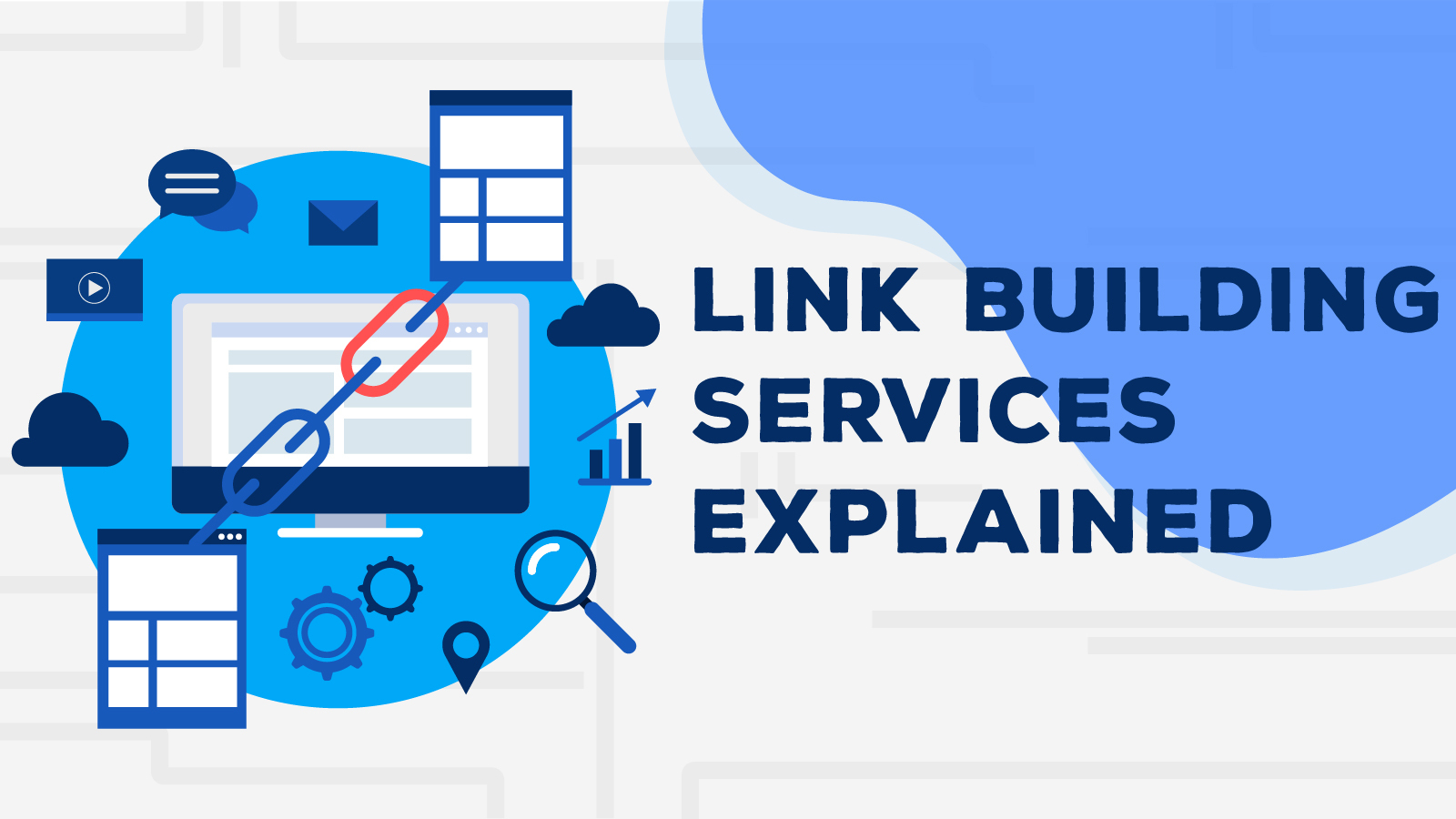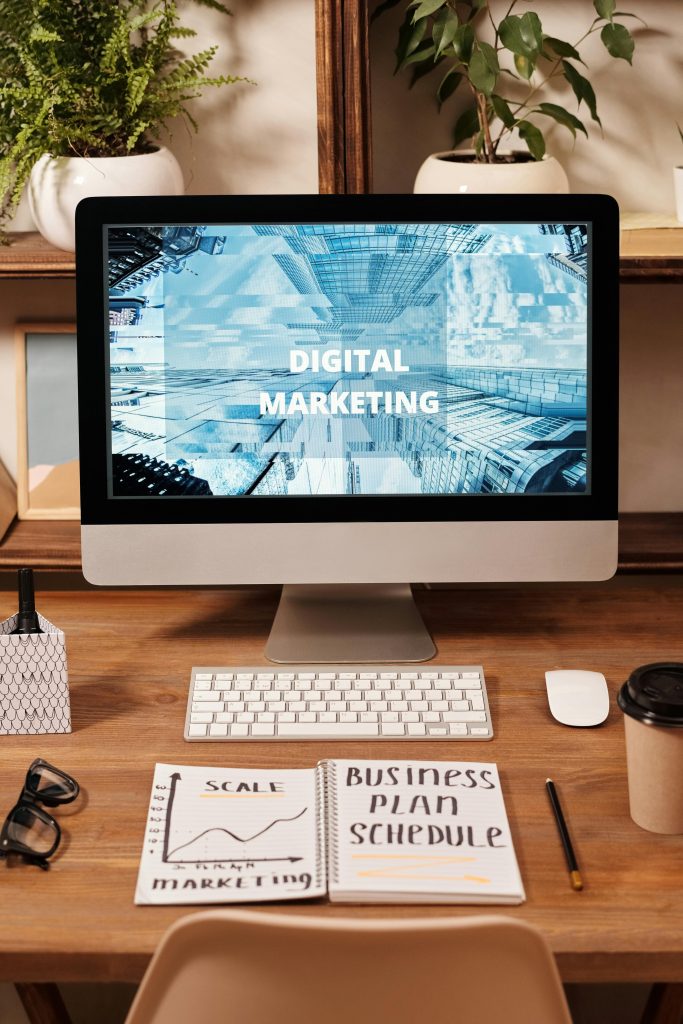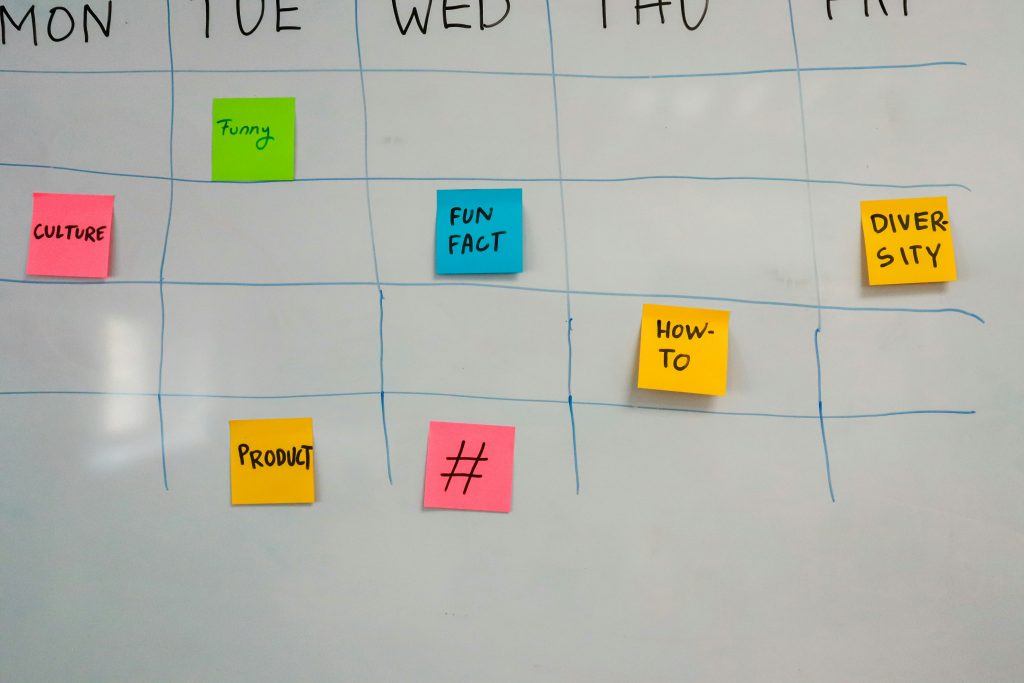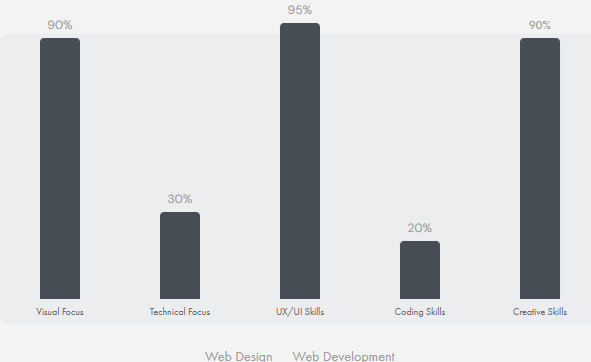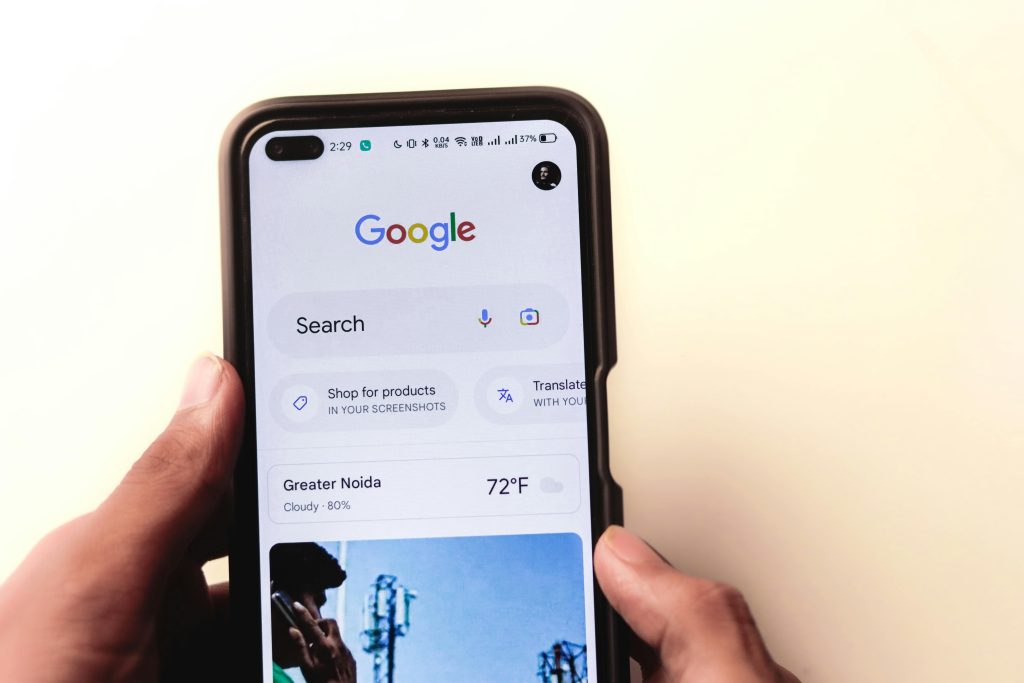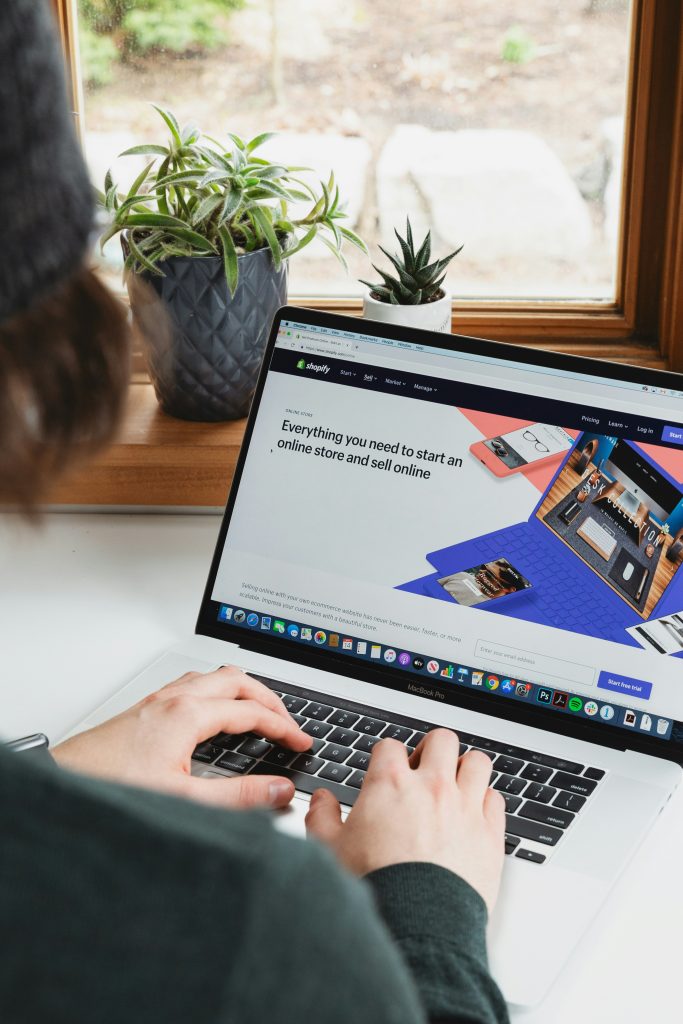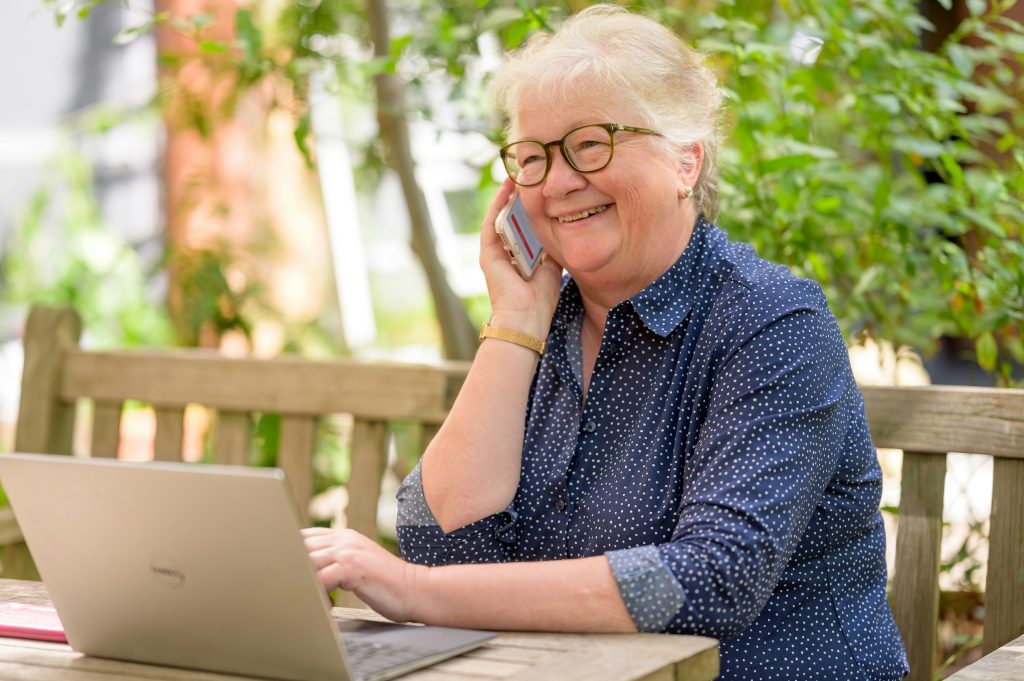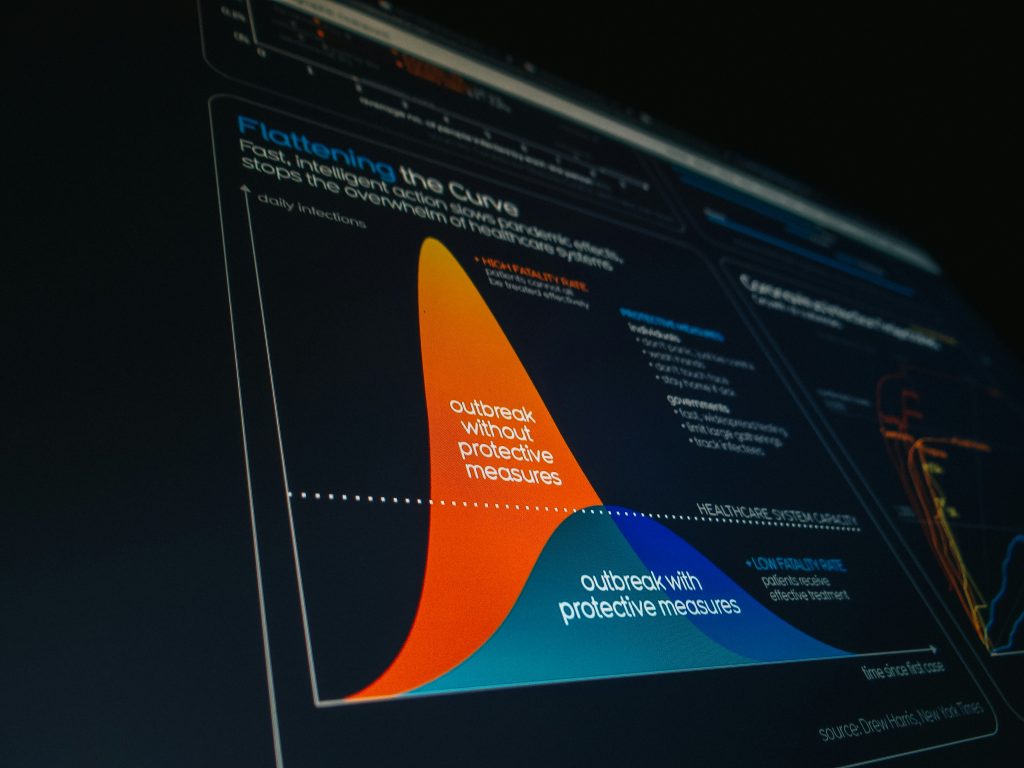Over the course of the last couple of years, it feels like the Seek Marketing Partners team have talked about SEO at length – and yet, one of the things that our team does every single day has gone surprisingly unmentioned here on our blog. Today we put that right by giving you an in-depth look at link building services. We’ll explain what inbound link building is, what it does, and how it helps businesses succeed online…

What is Inbound Link Building?
Put simply, the end goal of high quality link building services is to create meaningful, useful connections to your site elsewhere on the internet. Because these connections are links that lead from another site back to your site, they’ve become known as ‘backlinks’. There are a number of different types of backlinks and a number of different ways that they can be created – so in a way, there is an art to providing link building services.
However, it’s also important to know that backlink building isn’t just about how many backlinks you can create or earn – there is a right way and a wrong way to go about link building too, as backlinks have an ‘in-built’ quality to them. A good provider of link building services will know how to do things properly and will provide you with good-quality backlinks as a result.
A bad or inexperienced provider of backlinks is more likely to try to woo customers by promising large numbers of backlinks, and they’re more likely to include so-called ‘toxic backlinks’ in the links they create for you. The more of these toxic backlinks that you have pointing back to your site, the more the benefits brought by any good-quality backlinks you have will be undone.
The message here is that age-old chestnut ‘if it sounds too good to be true, it probably is’ – so beware anyone who promises you large numbers of backlinks over a short space of time – they could be relying on toxic backlinks to reach their quota, which could mean their link building services doing more harm than good to your online marketing efforts.
How do Good Link Building Services Help Your Business?
However, if you put a responsible team like Seek Marketing Partners in charge, the high quality link building services and expertise that we offer can really help your online or digital marketing efforts succeed, and bring in more leads, more sales, and more revenue for your business.
How is that so? Well, because link building services are a key part of any SEO service. You see, the backlinks that are created and lead back to your site influence two important SEO metrics – ‘Page Authority’ and ‘Domain Authority’, also known as ‘PA’ and ‘DA’ respectively. In turn, your authority scores are one of the more important things that Google and other search engines look at when determining where they should rank your page (after your content itself and whether or not people stay on your page after they click to go to it).
Put simply, that means that the more quality backlinks that the people providing your link building services can get leading back to a specific page on your site (or your domain as a whole) the more likely you are to rank highly.
A higher ranking is proven to mean more web traffic to your site or an online store – and with more traffic comes more leads, more sales opportunities, more repeat custom, and more revenue.

Top 5 Techniques of Quality Link Building Services
So, that’s why good quality links are important, and in the next part of today’s blog, we’ll discuss some key backlink services that can be used side by side with on-page optimization to create good quality backlinks. These are by no means the only ways to create good backlinks, but we do consider them to be the more important ‘core competencies’ that anyone providing links – whether you’re outsourcing to an agency like ours, or taking the task on yourself – should know how to do.
1. Directory Link Building
Seek Marketing Partners provide manual link building service for your business. All across the internet, there are a multitude of business directories. Some are designed to target and serve a specific locality, others are set up to serve a specific industry or type of customer, and yet others are more generic. The key thing is that most of these directories allow you to set up a profile, and if you can include your URL somewhere in that profile, that will count as a backlink for you.
However, we’ve started this list with directory backlinks because it’s one of the services we provide most often – and it’s one of the authority link building services that we provide most often because it’s the easiest method to trip up with and find yourself creating toxic backlinks. That being the case, our advice is to not attempt directory backlinking alone – you really are better off leaving this method in the hands of a good service provider such as Seek Marketing Partners – as we have mature and maintained whitelists of trusted directories that we can go to and post to without fear of toxicity, and without needing to put in hours of research to verify a directory’s legitimacy beforehand.
2. Web 2.0 Link Building
Web 2.0 link building services will require whoever is providing those services to know how to write and edit text – so if you’re not comfortable with that we suggest outsourcing this, and if you’re outsourcing, make sure that the people doing the work have a good content writer on their team. When writing content for yourself, keep in mind the basic SEO knowledge like using stop words, title optimization, meta description optimization, etc.
An additional bonus with web 2.0 backlinks is that the pages that are created as a result of the work are ideal for attracting traffic directly from Google and directing it to the pages that you want customers to visit on your site, meaning that you don’t have to rely on that traffic finding these important pages on their own.
3. Link Building Using Blogs
Blogs can be a powerful tool when it comes to link building services, and the great news for those of you that want to provide your own backlink services is that using these methods you’ll be dealing a lot more with people, rather than faceless online directories or posting platforms.
A simple but effective way to create backlinks is by working together with relevant partners (for example your clients). Give them a call or send them an email, and offer them a shoutout on your blog including a backlink to their site, on the understanding that they will do the same for you on their blog. If both sides keep their end of the deal, both parties get a backlink – and if they don’t, you can simply un-publish the post to remove the benefits of the manual link building services you provided via your blog.
Another option is ‘guest blogging’. It works in much the same way, but this time instead of someone else writing content for their site as they usually would and giving you a shoutout, YOU write the content too, as a one-off / occasional piece for their site.
Guest blogs can be tougher to get published as they will require the consent of the partner whose site you’ll be posting on – and usually, they’ll need to sign off on the content too – but if a guest blog is agreed to, it puts a bit more control in your hands. You control what’s said and how, you control where the backlinks lead to on your site, and you might also control how many backlinks there are – and in the world of backlinks, those three choices are where the REAL power lies!

4. Broken Link Building
Broken link building requires a bit of luck and good timing – you tend to ‘happen across’ these opportunities rather than create them – but it works like this:
You’re browsing through a relevant site or blog, and you find that a link for a given piece of information or a resource doesn’t work, or doesn’t deliver what it promises. If you happen to have a piece of content on your site that deals with the same topic as the broken resource, you can reach out to the owner of the site you’re browsing and tell them ‘Hey, I was reading your blog at [URL], and I notice one of the links is broken. I have a great piece of content live right now on my site that you could swap in – it covers the same topic and would be a great fit for the broken link – what do you say?’
If they say yes, then that’s instantly another backlink leading to your site!
5. Link Roundups
Link roundups could be seen as ‘the long game’ when it comes to white hat link building services. Much like building a brand, results might not come immediately, but if you do the building process right, then your link roundup can be a powerful tool for inbound link building.
A link roundup is a regular, periodic collection of the latest must-see news and new insightful content from within a given industry or topic. How does this relate to SEO link building services? Because you link out to every piece of content that makes it into your link roundup – giving them a backlink.
‘But guys, we want to earn backlinks, not give them out’ we hear you cry – and we understand. However, as we said, we’re playing the long game here, and we’re working on three levels. Firstly, people might be willing to give you a backlink simply to return the favour – ‘you scratch my back, I’ll scratch yours.
Secondly, if you do a good job curating the content that makes it into your link roundups, you add value for the industry professionals that read it – if you do that, they might just want to link out to your awesome link roundup, and spread the word of its existence to other interested people… If you can do THAT successfully, then thirdly, your link roundup might develop a name for itself within your industry, ‘making the cut’ might become something people want to shout about, and link to as proof of their achievement – like making it into the newspaper or the first page of Reddit. And again, each time somebody does either of those things, you earn a backlink.
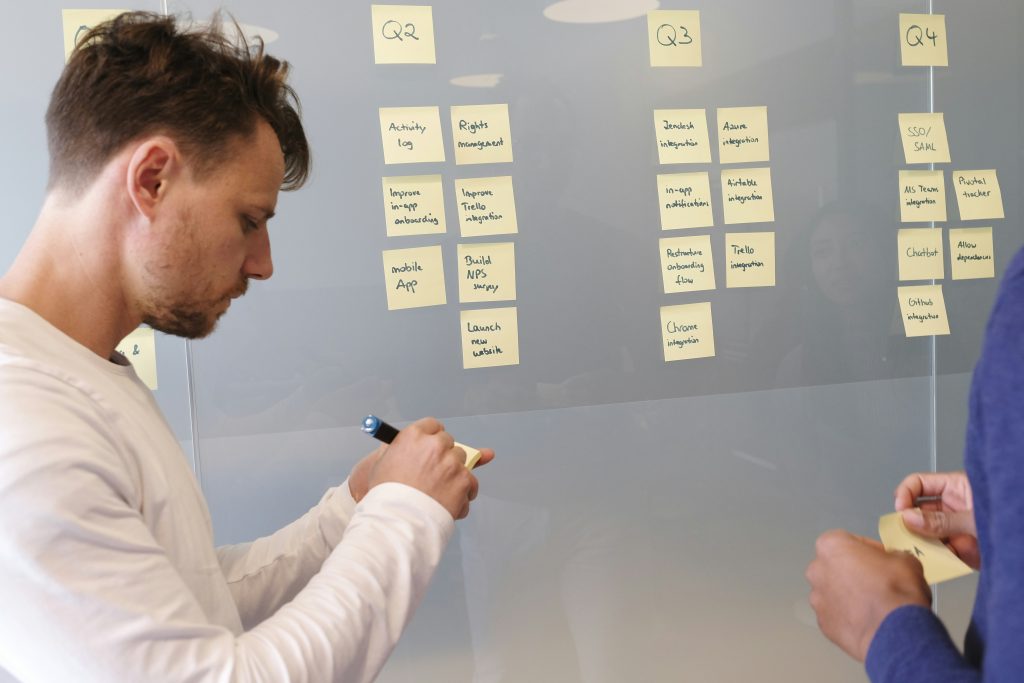
Where Can You Find Quality Link Building Services?
We hope by now that you understand just how crucial good backlinks (and the quality backlink strategy that creates them) are for your online presence. We also recognise that ‘knowing why you need something’ and ‘knowing where to get it’ are two different things – but thankfully, the latter of those two questions is easy to answer. If you’re looking for ethics, excellence, and expertise when it comes to inbound link building services then you should absolutely reach out to Seek Marketing Partners today – and you can do so via the details on our contact us page, or over LinkedIn, Facebook, or Instagram!
